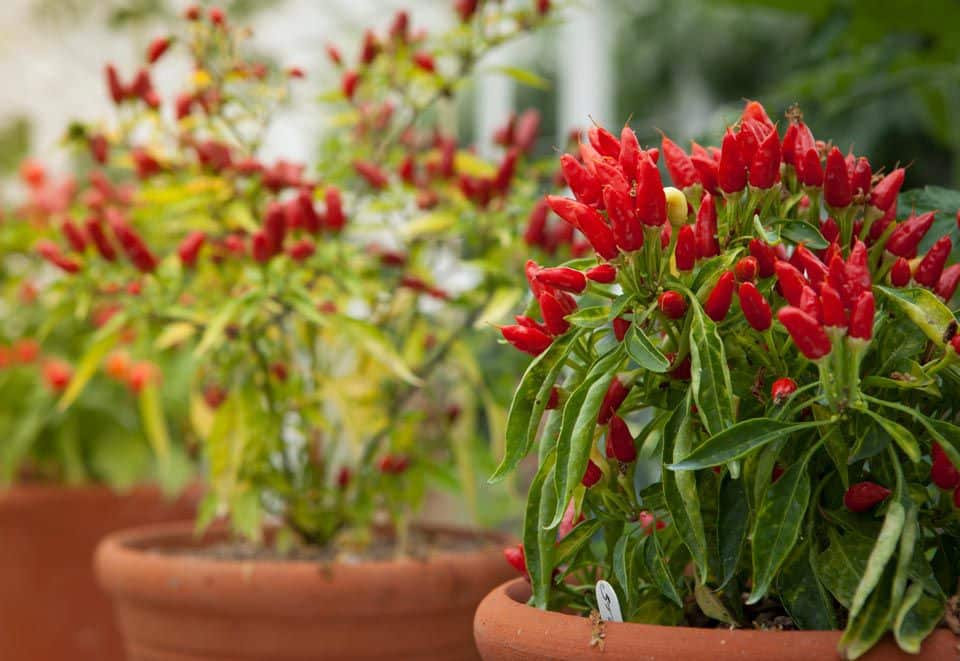Sponsored by Bonnie Vegetation®
Rising peppers in containers is an effective way to reap homegrown produce even once you’re quick on house. With the correct instruments, the correct crops, daylight, fertilizer and water, you will be selecting a peck of peppers earlier than you already know it. Study seven simple steps for planting peppers in a pot this summer time.
1. Choose a Massive Container
Peppers want room for his or her roots to unfold, so select a pot a minimum of 12 inches in diameter. A younger pepper plant might initially seem small in such a big vessel, however it is going to fill out the container when it is full measurement.
Buy a pot with holes within the backside, or drill your personal to make sure enough drainage. Use a plastic or steel pot in favor of fast-drying terra cotta, particularly as a result of peppers require constantly moist soil.
2. Fill Your Container with Natural Potting Combine
Use a seed beginning combine or potting combine to your peppers. They drain far more totally than backyard soil, which is essential to stopping peppers from turning into waterlogged. Search for a pure, natural potting combine—they’re specifically formulated for containers with vitamins already added. potting combine will maintain moisture and supply the plant’s roots with aeration and vital vitamins.
Pepper crops are prone to blossom finish rot, a situation the place the ends of the vegetable flip black as a consequence of an absence of calcium. Fight this by including calcium granules to the soil at planting time after which once more as typically as the actual model of calcium you buy prescribes.
3. Decide the Proper Pepper Plant
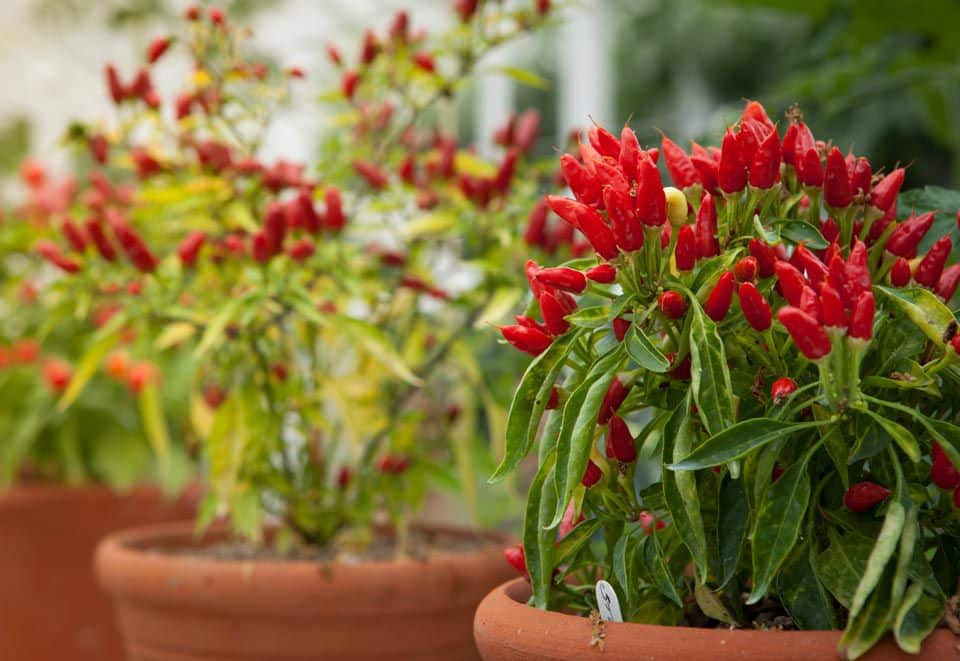

Begin with seedlings slightly than utilizing seed packets to assist maximize the rising season and go for compact varieties well-suited for containers, corresponding to Bonnie Vegetation® Lunchbox Candy Snacking Pepper and Jalapeño sizzling pepper, versus bigger styles of pepper seeds that may tower over 3 ft tall. Fortunately, many sizzling pepper crops are naturally small in stature.
4. Place Vegetation Outdoors in a Sunny, Heat Spot
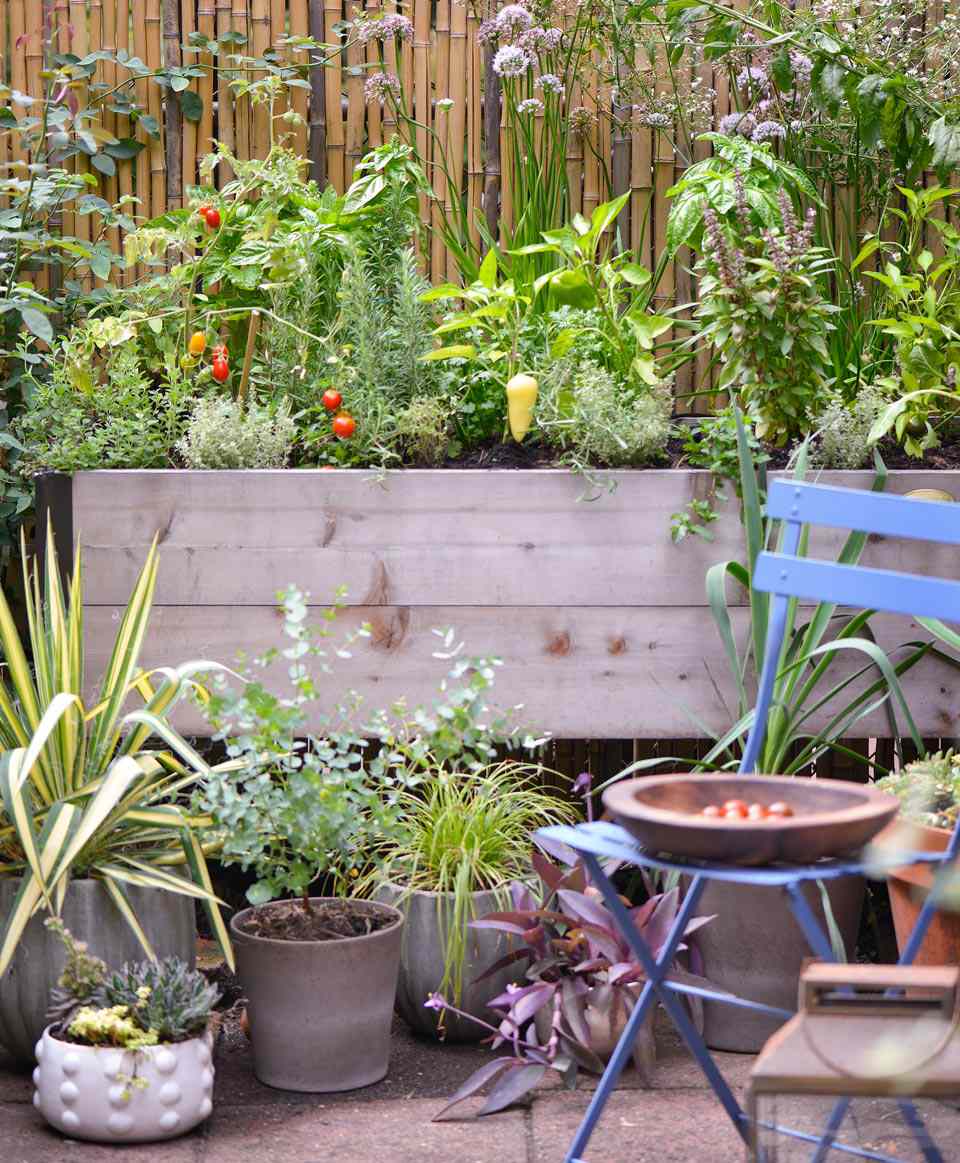

Most pepper varieties hail from hotter climates, so it is no shock that peppers peak throughout summer time months in a lot of america. They thrive greatest at temperatures between 70°F and 80°F through the day and 60°F to 70°F at night time. Too-hot or too-cold temps usually are not superb for fruit manufacturing and should trigger plant misery and misshapen fruits. So make certain to plant peppers after the final frost date.
Solar-loving peppers want a minimal of six hours of full solar per day, although extra is preferable. A shaded yard or lined patio will go away you with disappointing outcomes, as will rising peppers indoors with a develop mild. Search a sunny entrance porch or driveway if wanted.
5. Water & Feed the Vegetation
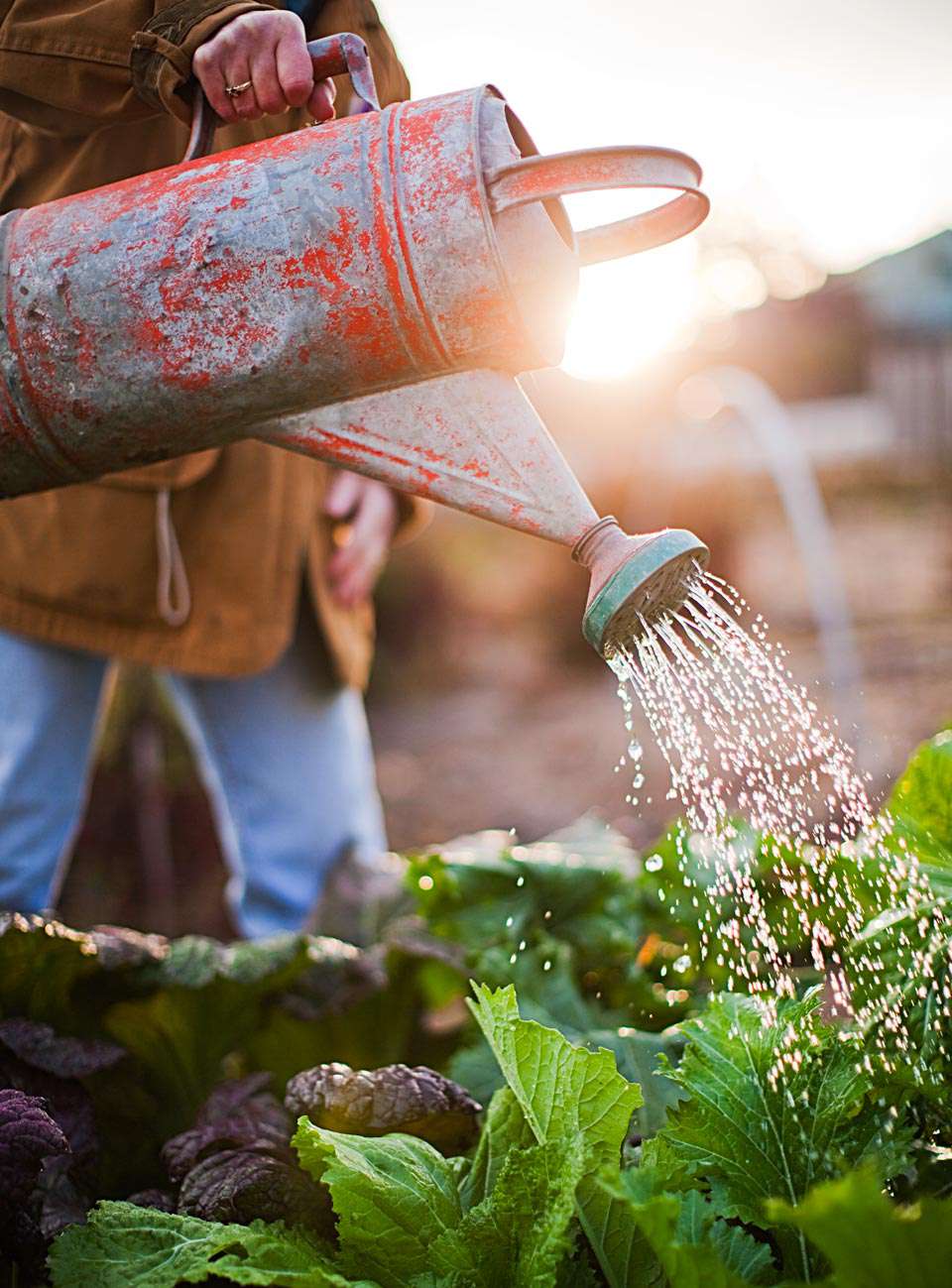

Peppers require constantly moist soil, and container-bound crops typically require extra frequent watering than these within the floor. Plan on watering each day, particularly in midsummer. Earlier than watering, examine the soil; you will know the plant wants water if the highest inch of soil is dry. If it is not dry, do not water—you will threat overwatering the plant. Water early within the morning. Daytime watering evaporates too shortly to offer sufficient profit, whereas nighttime watering can go away crops moist for too lengthy and trigger them to turn into waterlogged and harbor micro organism and fungi. A watering can will work simply effective, in addition to a hose with a gentle-setting spray nozzle. Intention for the bottom of the plant, not the leaves.
Feed with a pure, natural plant meals designed for vegetables and fruit, making use of per the product label’s directions (about each seven to 14 days). Feeding is particularly vital whereas the crops are flowering.
6. Harvest When Prepared
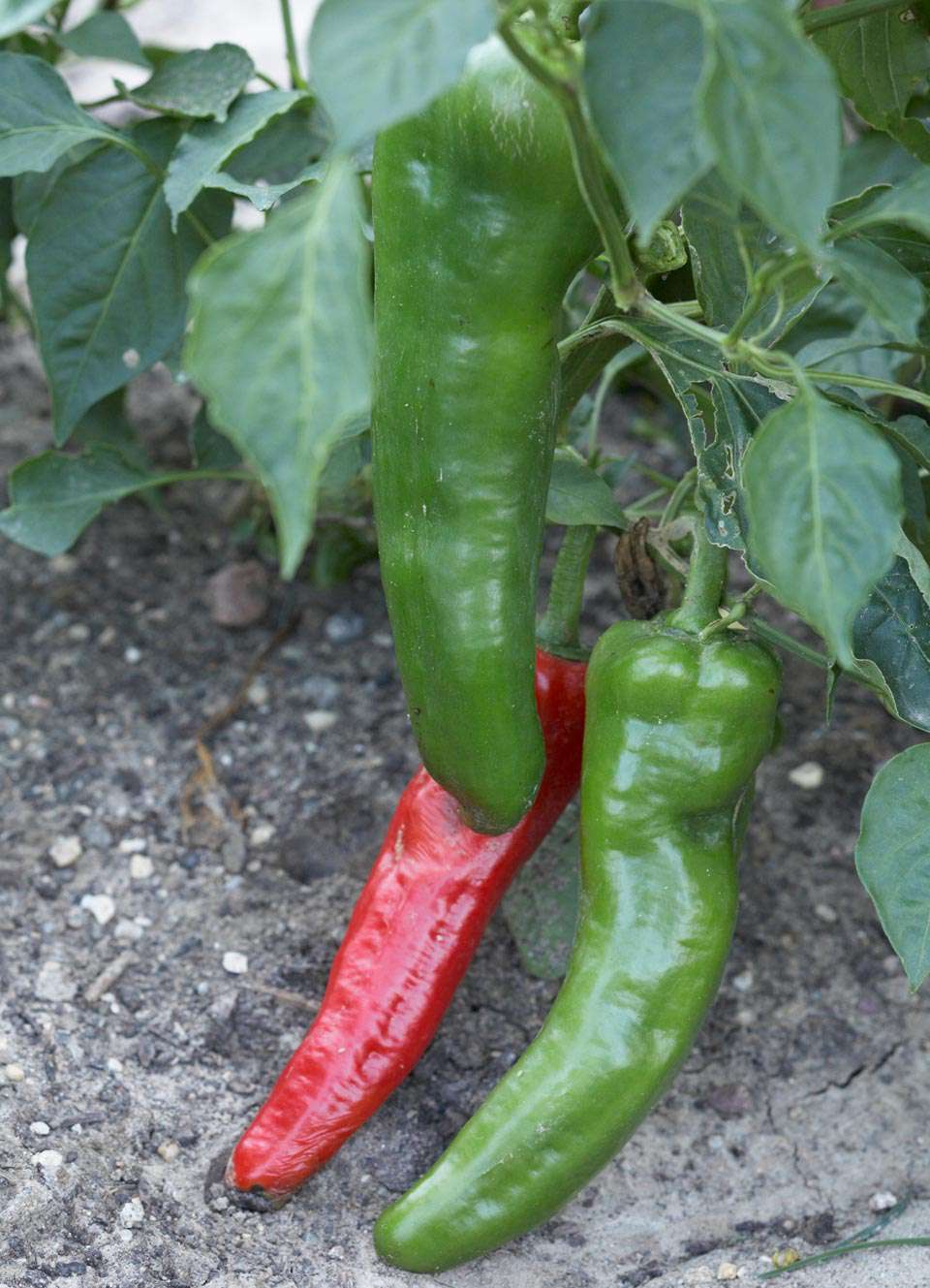

To know when your peppers are prepared to reap, examine the plant’s tag to see what the mature shade of the pepper must be. Bell peppers will be picked when inexperienced or left on the plant to show yellow, orange after which pink.
7. Eat Up!
Protect your peppers with a candy pickling brine or get pleasure from them recent with one in all these savory, summery dishes:
Bell Peppers:
- Philly Cheese Steak Sloppy Joes
- Greek Orzo Stuffed Peppers
Chile Peppers:
- Home made Sizzling Sauce

